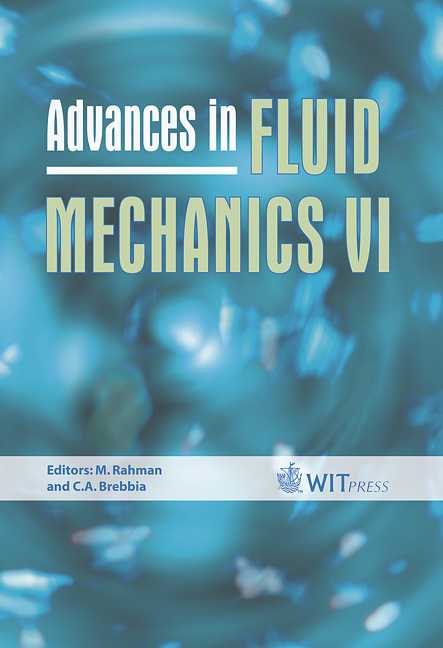The Meniscus Depression Of A Porous Spherical Particle At The Three Phase Contact Line
Price
Free (open access)
Transaction
Volume
52
Pages
9
Published
2006
Size
707 kb
Paper DOI
10.2495/AFM060631
Copyright
WIT Press
Author(s)
P. Basařová, D. Horn & A. Capriotti
Abstract
The description of the processes at the three phase contact line is very important for the study of elementary steps in flotation. When a hydrophobic particle is attached to a gas-liquid interface, it is influenced by a number of forces, including surface tension, capillary and buoyancy forces on one hand and the particle weight on the other. In the case of porous particles, capillary forces acting in the porous surface must also be considered. The meniscus depression at the three-phase contact line is determined by the resultant force. The meniscus depression of the floating particle was studied using the image analysis method. The depression was studied for spherical polystyrene particles of diameters from 0.5 to 3mm. We compared the experimental values of meniscus depression with the data calculated using theoretical and semi-empirical models. The theoretical description of forces acting on the floating spherical porous particle is also given. We found that the existence of pores and surface inequalities has a significant influence on particle behaviour on the phase interface. Keywords: floating particle, meniscus depression, porous surface, capillarity. 1 Introduction The analysis of forces on the particle attached to the bubble surface has been the focus of the study of flotation processes since the early days of its industrial utilization. When a hydrophobic particle is attached to a gas-liquid interface, it is influenced by a number of forces, including the surface tension and buoyancy forces on the one hand and the particle weight on the other [1,2]. It is customary
Keywords
floating particle, meniscus depression, porous surface, capillarity.





